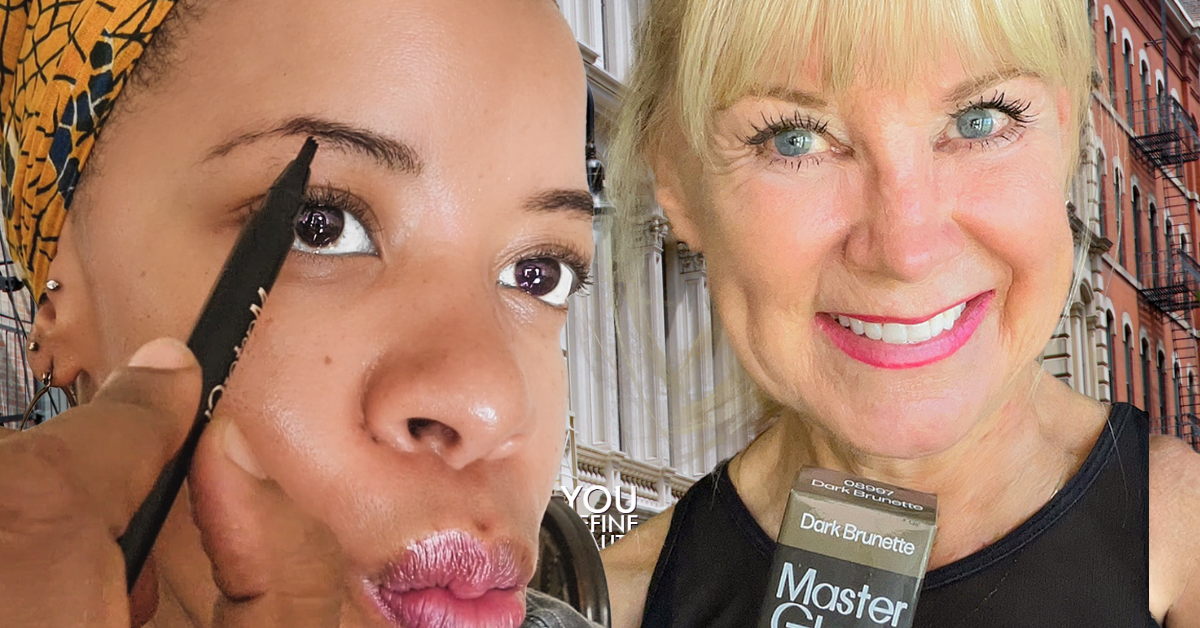What are peptides?
The Food and Drug Administration (FDA) defines peptides as any sequence of amino acids with less than 40 bonds. Peptides in between 2 - 10 amino acid residues are informally known as small synthetic peptides and will be denoted by a prefix and its associated name, e.g. octapeptide-2, dipeptide-2, copper tripeptide-1
What are oligopeptides?
Peptides that are in between 10 and 40 amino acids are often referred to as oligopeptides.
What are polypeptides?
The FDA revised their definition of polypeptides in 2021 to include any amino acid chain sequence that consists of 40-100 amino acids.
What is the difference between a peptide and a protein?
Protein refers to any amino acid chain consisting of over 100 amino acids.
Are peptides safe?
Yes, peptides are safe for use in cosmetics. Each batch undergoes an automated solid phase synthesis and purification process (SPPS) that flushes out, on average, over 95% of impurities. These impurities consist of primarily excess reagents and unreacted peptides, not host cell impurities.
Are there impurities?
Peptide-related impurities make up, on average, no more than 2% of each synthetic peptide batch produced using this process to meet threshold requirements for in vivo, in vitro, and clinical testing.
Is Myristoyl Pentapeptide-17 safe?
Yes. Because Myristoyl Pentapeptide-17 is not derived from bacteria, yeast, insects, plants, or mammalian cells, there are no risks associated with host cell contaminants. Natural does not always mean better!
What are the best peptides for hair growth?
Myristoyl Pentapeptide-17
MP-17 is a biomimetic peptide designed to mimic human growth factor (GF) to stimulate natural keratin production. Growth factors like VEGF (vascular endothelial growth factor) play an important role in the regulation of the follicular life cycle and cellular activities- proliferation, migration, and differentiation.
Clinical Evidence |
|
|---|---|
| Type of Study | Open-label, single-center safety and efficacy study |
| Study Size | 30 |
| Age Range | 15 - 45 years |
| Variables Measured | lash length, volume, luster, thickness, curl |
| Results | 51% improvement in curl; 35% improvement in thickness over baseline |
| Next Steps | More double-blind randomized clinical tests are needed to push forward industry recognition of MP-17 as an agent for hair growth |
Is Myristoyl Pentapeptide-17 safe?
Yes. Because Myristoyl Pentapeptide-17 is not derived from bacteria, yeast, insects, plants, or mammalian cells, there are no risks associated with host cell contaminants. Natural does not always mean better!
The Future of Peptides
Peptides represent a promising frontier for skincare innovation and the treatment of complex skin conditions. Researchers at Rice University discovered that peptides can mimic the assembly of natural collagen protein. Their major discovery led to a resurgence in interest in peptides for yielding specific biological responses, like the formation of hydrogels that assist in targeted forms of wound healing.
What is preventing widescale adoption?
Additional randomized clinical studies are needed to further the research and development of biomimetic peptides to address complex skin conditions like eczema, psoriasis, and hair loss. While recent advances in machine learning have allowed biomedical companies to automate and rapidly scale up peptide manufacturing, data sharing practices between biomedical companies with competing interests continues to stifle innovation. Out of all the peptides that were discovered and used in cosmetics between 2011 and 2018, 35 percent came from "unidentified sources". Multinational companies will need to come to a mutual agreement on data governance to expedite the development of peptides for cosmetics, oncology, and other advanced industries.
References
Pickart, L., & Margolina, A. (2018). Regenerative and Protective Actions of the GHK-Cu Peptide in the Light of the New Gene Data. International journal of molecular sciences, 19(7), 1987. https://doi.org/10.3390/ijms19071987
Pascarella, S., Tiberi, C., Sabatino, G., Nuti, F., Papini, A. M., Giovannelli, L., & Rovero, P. (2016). Serpin A1 C-Terminal Peptides as Collagen Turnover Modulators. ChemMedChem, 11(16), 1850–1855. https://doi.org/10.1002/cmdc.201500472
Fabio Rinaldi, Barbara Marzani, Daniela Pinto & Elisabetta Sorbellini (2019) Randomized controlled trial on a PRP-like cosmetic, biomimetic peptides based, for the treatment of alopecia areata, Journal of Dermatological Treatment, 30:6, 588-593, DOI: 10.1080/09546634.2018.1544405
Ferreira MS, Magalhães MC, Sousa-Lobo JM, Almeida IF. Trending Anti-Aging Peptides. Cosmetics. 2020; 7(4):91. https://doi.org/10.3390/cosmetics7040091
NLM (National Library of Medicine). 2012. PubMed online scientific bibliography data. http://www.pubmed.gov.
CIR (Cosmetic Ingredient Review). 2006. CIR Compendium, containing abstracts, discussions, and conclusions of CIR cosmetic ingredient safety assessments. Washington DC.


